SEMINAiRIES
EUROPAM Workshop 2025
#WORKSHOP – December 11th, 2025 – Université de Toulon, Bâtiment M
EUROPAM project: we develop continuous and comparative passive acoustic monitoring of megafauna in the Mediterranean Sea, the Azores and off the coast of Norway.
Contact : herve.glotin@univ-tln.fr
Detection & AI Classification of the Biosonar of dolphins & porpoises
in the Southern Cone
10th of July 10 am in CIAN LIS Toulon (X133)
From SEM Fundamentals to HPC Simulations: Application to UXO Disposal in the Bay of Hyères
This talk presents a two-part exploration of acoustic wave modeling using the spectral-element method (SEM) using SPECFEM, moving from foundational concepts such as stability condition and numerical dispersion, to large-scale high-performance computing (HPC) simulations. In the second part, we apply this modeling framework to a real-world case study: the simulation of underwater acoustic wave propagation for unexploded ordnance (UXO) disposal in the Bay of Hyères. Using realistic bathymetry and sediment profiles, we analyze the 3D effect of the wave propagation after an UXO disposal and assess the impact of detonation scenarios. This application demonstrates the value of SEM and HPC in guiding safe and effective UXO remediation strategies in shallow coastal waters, in terms of seismic risk and underwater noise pollution.
This work is also part of the ChEESE-2P project funded by EuroHPC under the Grant Agreement No 101093038, and PEPR NumPex. Part of this work was performed using HPC resources from GENCI-IDRIS (Grant 2022-[A0130411066]).
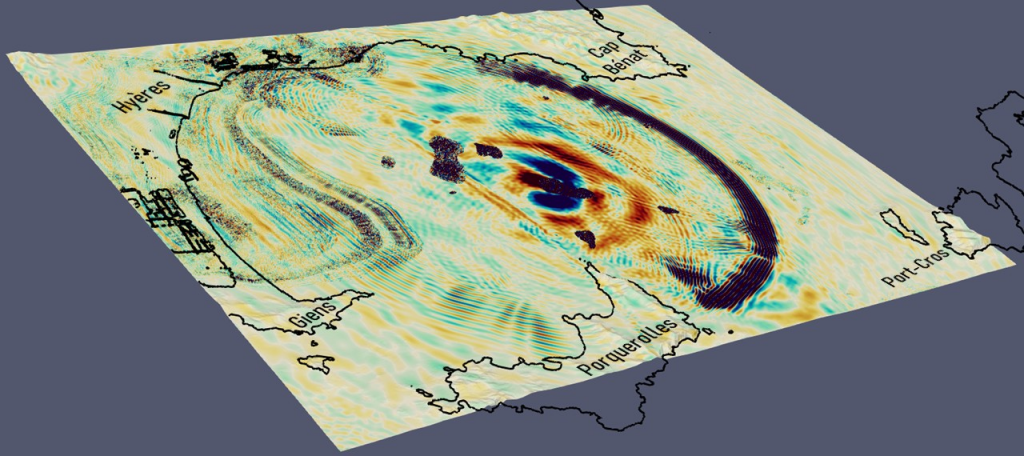
Speaker: Maxence Ferrari
Date & Time: Thursday, July 10th, 2025 – 10:00 AM
Location: CIAN LIS Toulon – Room X133, Building X
Modeling Sperm Whale Sonar: A Parametric Study of Acoustic Wave
Propagation
Sperm whales generate powerful biosonar clicks using a complex ensemble of air sacs and lipid-filled organs housed within their massive heads. In this study, we investigate the acoustic wave propagation underlying this sonar system through numerical simulations using the spectral-element method (SPECFEM). A two-dimensional model of the sperm whale head was constructed based on anatomical data from dissection studies, with adaptations made to project the three-dimensional geometry into a 2D computational plane. All major acoustic structures, including the spermaceti organ, junk, nasal passages, and associated air sacs, were incorporated. A parametric analysis was performed to assess the influence of skull orientation, internal sound speed profiles, and anatomical variability across individual whales. Simulated acoustic fields were validated against empirical data to ensure fidelity. Results show how anatomical and physical parameters shape sonar beam patterns, providing insight into sperm whale biosonar.
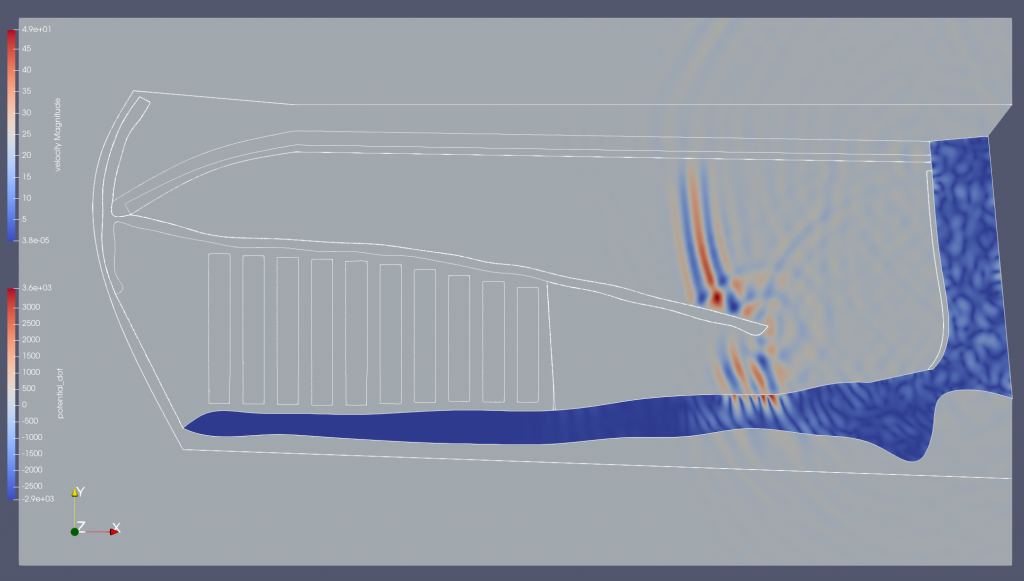
Speaker: Zoé Rebeyrat
Date & Time: Thursday, July 10th, 2025 – 10:00 AM
Location: CIAN LIS Toulon – Room X133, Building X
Detection & AI Classification of the Biosonar of dolphins & porpoises
in the Southern Cone
26th of June 10 am in CIAN LIS Toulon (X133)
From Sea Lions to Clicks: Marine Mammal Research and Acoustic Monitoring in Argentina
Our research group at UNMDP has been studying marine mammals along the northern Argentine coast since the 1970s, focusing on various ecological and physiological aspects. Current research lines include: the structure and population dynamics of pinniped colonies; foraging behavior using biologging and GIS tools; trophic ecology and nutritional composition of prey analyzed through geometric nutritional models; diving physiology and energy metabolism; cardiorespiratory physiology; marine mammal acoustics; interactions with fisheries; growth and physical development; and cetacean and pinniped distribution using data from opportunistic vessel surveys.
In recent years, we have initiated a passive acoustic monitoring program through international collaboration with Italian researchers. This new research line focuses initially on the Franciscana dolphin (Pontoporia blainvillei), the most threatened cetacean in the Southwestern Atlantic, mainly due to incidental bycatch in artisanal gillnet fisheries. Our objectives include identifying its acoustic presence in open waters and in fishing zones, detecting repeated click patterns potentially linked to foraging or social behavior, and evaluating the effects of anthropogenic disturbances such as vessel traffic. This work aims to improve our understanding of the species’ behavior and inform mitigation strategies.
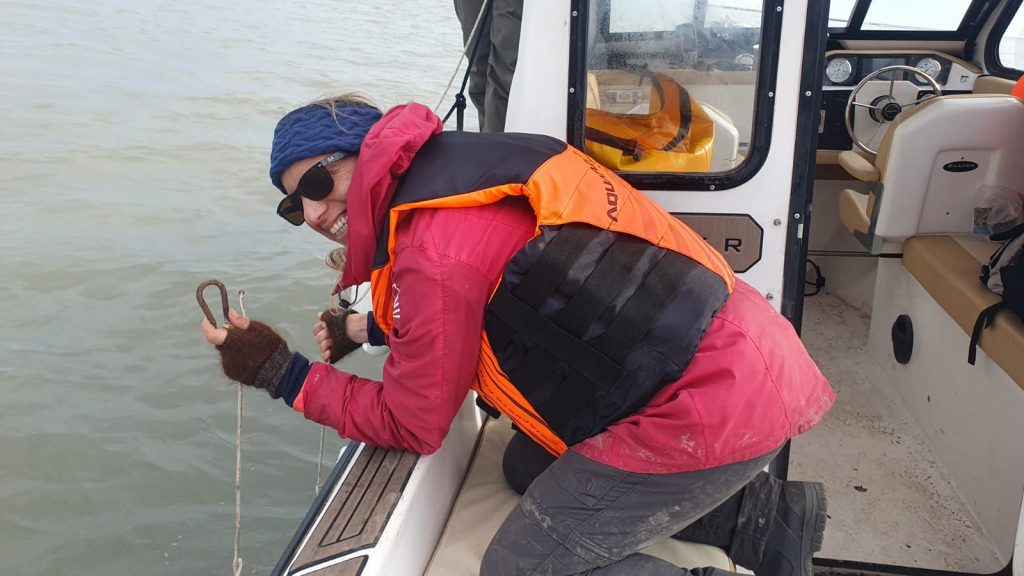
Speaker: Dr. Gisela Giardino (UNMdP-IIMyC-CONICET, Argentina)
Date & Time: Wednesday, June 26th, 2025 – 10:00 AM
Location: CIAN LIS Toulon – Room X133, Building X
Constanza was invited to collaborate this month with Julie Patris, Franck Malige and Dyni team at LIS–Université. At this seminairie, she presented her activities.
The main goal of this visit was to receive training in acoustic data processing and analysis, particularly in detection methods based on artificial intelligence, such as the YOLO software. Constanza has collected data to characterize the acoustic repertoire of two coastal dolphin species, for which a detector is needed to identify species-specific echolocation clicks. A deep learning neural network was trained and tested to classify the clicks. In parallel, traditional detection methods are also being explored and refined. The knowledge gained from using YOLO will allow for future applications, such as detecting whistles, low-frequency signals, and expanding the research to other species. This collaboration represents a valuable opportunity to exchange knowledge across international research groups, enhancing the field of bioacoustics through shared expertise and fostering future collaborative efforts.
Speaker: Constanza Ordoñez (PhD student from Argentina CADIC-CONICET)
Date & Time: Wednesday, June 26th, 2025 – 10:00 AM
Location: CIAN LIS Toulon – Room X133, Building X

JOURNÉES DE LA BALEINE – Université de Toulon
Jeudi 13 mars 2025
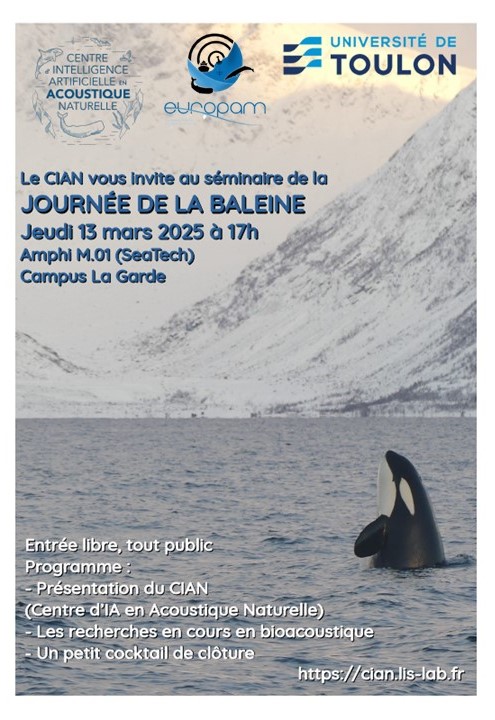
JOURNÉES SCIENTIFIQUES – Université de Toulon
03 Avril 2024
JOURNÉES SCIENTIFIQUES – Université de Nantes
Mardi 11 juin 2024
OCEAN FRAGILE – Saint-Raphaël
Mercredi 22 mai 2024
JOURNÉE INTERNATIONALE DE LA BALEINE – Université de Toulon
lundi 19 février 2024
